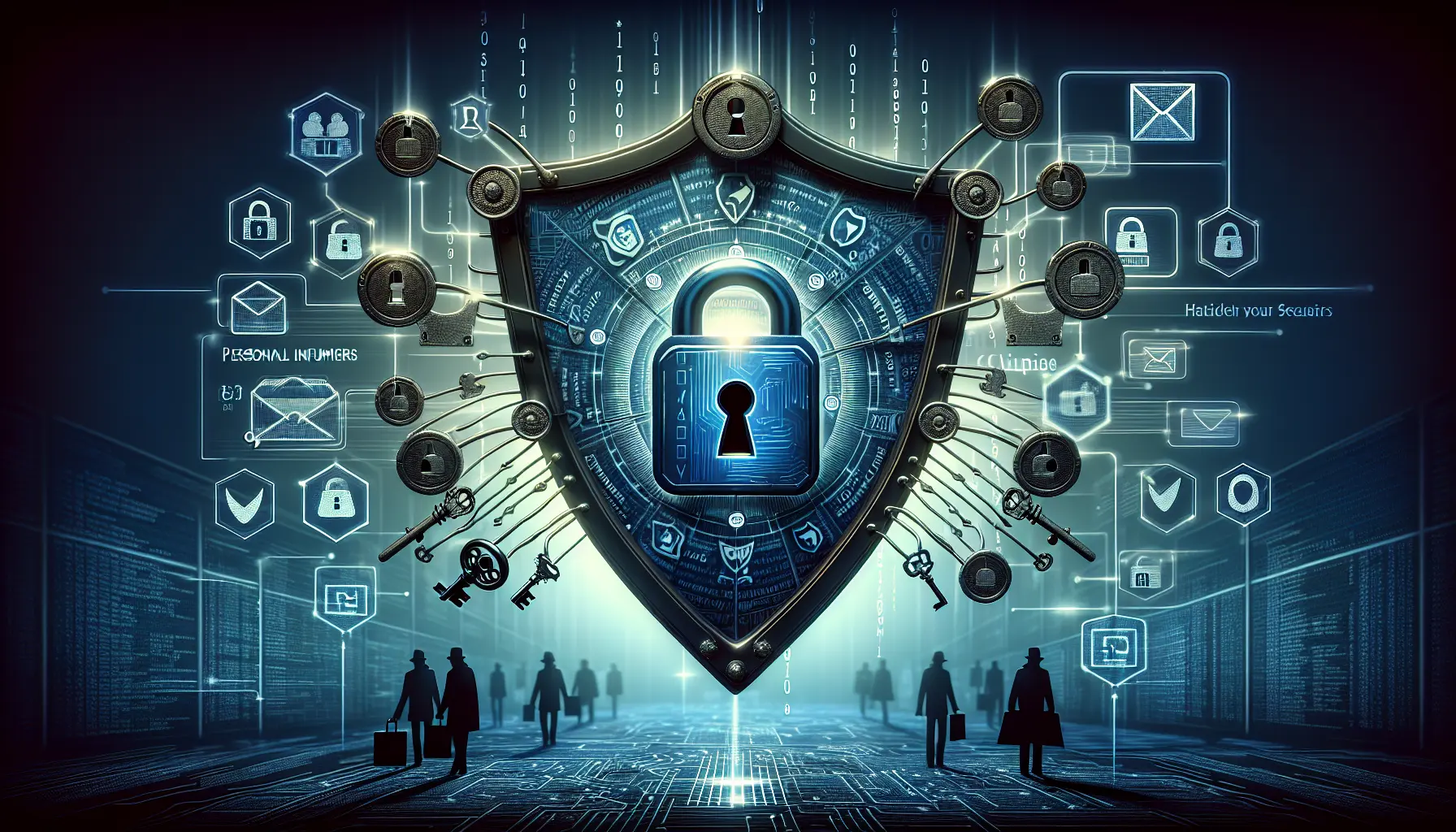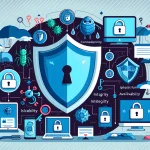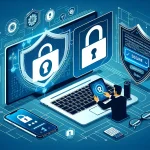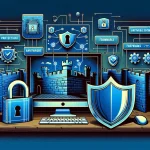
Estimated reading time: 8 minutes
Key Takeaways
- Understanding Personal Data: Personal data is any information that can identify you, making it crucial to protect.
- Categories of Data: Recognize the different types of personal data you need to safeguard.
- Strong Passwords: Create unique and complex passwords for each account.
- Two-Factor Authentication: Always enable 2FA for an added layer of security.
- Regular Updates: Keep your software and devices updated to protect against vulnerabilities.
Table of Contents
What is Personal Data and Why Does it Matter?
Personal data encompasses every piece of information that can identify you – from your name and email to your IP address and browsing patterns. In an increasingly connected world, this information has become incredibly valuable, making it a prime target for cybercriminals and data harvesters.
Think of your personal data as the keys to your digital identity. If these keys fall into the wrong hands, criminals can access your accounts, steal your money, or even impersonate you online. The consequences can be devastating, ranging from financial loss to damaged relationships and compromised privacy.
Understanding What You Need to Protect
Your personal information falls into several categories:
- Direct identifiers: Name, social security number, email address, phone number
- Indirect identifiers: IP address, device IDs, cookies, location data
- Sensitive information: Health records, genetic data, biometric data, political opinions
Essential Steps to Protect Your Personal Data
1. Create Strong, Unique Passwords
Strong passwords form your first line of defense. Here's how to create them:
- Use long passphrases (12-16+ characters)
- Mix uppercase, lowercase, numbers, and symbols
- Never reuse passwords across accounts
- Consider using a password manager to generate and store complex passwords. Source
2. Enable Two-Factor Authentication (2FA)
Adding 2FA significantly increases your account security by requiring a second verification method beyond your password. Enable it on:
- Email accounts
- Banking and financial services
- Social media profiles
- Cloud storage accounts
3. Keep Software Updated
Regular updates patch security vulnerabilities that criminals exploit. Set up automatic updates for:
- Operating systems
- Web browsers
- Mobile apps
- Security software
Advanced Data Protection Strategies
Encryption: Your Digital Shield
Encryption transforms your data into unreadable code that only authorized parties can decrypt. Implement encryption by:
- Using full-disk encryption on your devices
- Selecting encrypted messaging apps
- Ensuring websites use HTTPS before entering sensitive information
Smart Social Media Privacy
Social networks can be goldmines for identity thieves. Protect yourself by:
- Reviewing privacy settings monthly
- Limiting personal information in profiles
- Being selective about friend requests
- Avoiding public sharing of location data
Essential Security Tools
Virtual Private Networks (VPNs)
A VPN encrypts your internet traffic and masks your IP address. Use one when:
- Connected to public Wi-Fi
- Accessing sensitive accounts
- Shopping online
- Traveling abroad
Antivirus Software
Modern antivirus tools protect against:
- Malware and ransomware
- Phishing attempts
- Suspicious websites
- Zero-day threats
Recognizing and Avoiding Common Threats
Phishing Attacks
Watch for these red flags:
- Urgent requests for personal information
- Spelling and grammar errors
- Suspicious sender addresses
- Requests for unusual payment methods
Social Engineering
Protect yourself from manipulation by:
- Verifying requesters' identities through official channels
- Never sharing passwords or security codes
- Being skeptical of unexpected urgent requests
- Checking sender email addresses carefully
Taking Action Today
Start protecting your personal data with these immediate steps:
- Change passwords on your most important accounts
- Enable 2FA wherever available
- Update all your devices and applications
- Review your social media privacy settings
- Install a reputable antivirus program
Remember: Personal data protection isn't a one-time task – it's an ongoing process requiring regular attention and updates to your security practices. Source
Your digital security depends on the actions you take today. Start implementing these protective measures now to safeguard your personal information and maintain your privacy online.
Frequently Asked Questions
What is personal data?
Personal data is any information that can identify an individual, such as names, email addresses, and IP addresses.
Why is it important to protect personal data?
Protecting personal data is crucial to prevent identity theft, financial loss, and privacy breaches.
What are some common methods to protect personal data?
Common methods include using strong passwords, enabling two-factor authentication, and keeping software updated.
How can I recognize phishing attempts?
Look for urgent requests for personal information, spelling errors, and suspicious sender addresses.
What should I do if my personal data is compromised?
If your personal data is compromised, change your passwords immediately, notify your bank, and monitor your accounts for suspicious activity.









